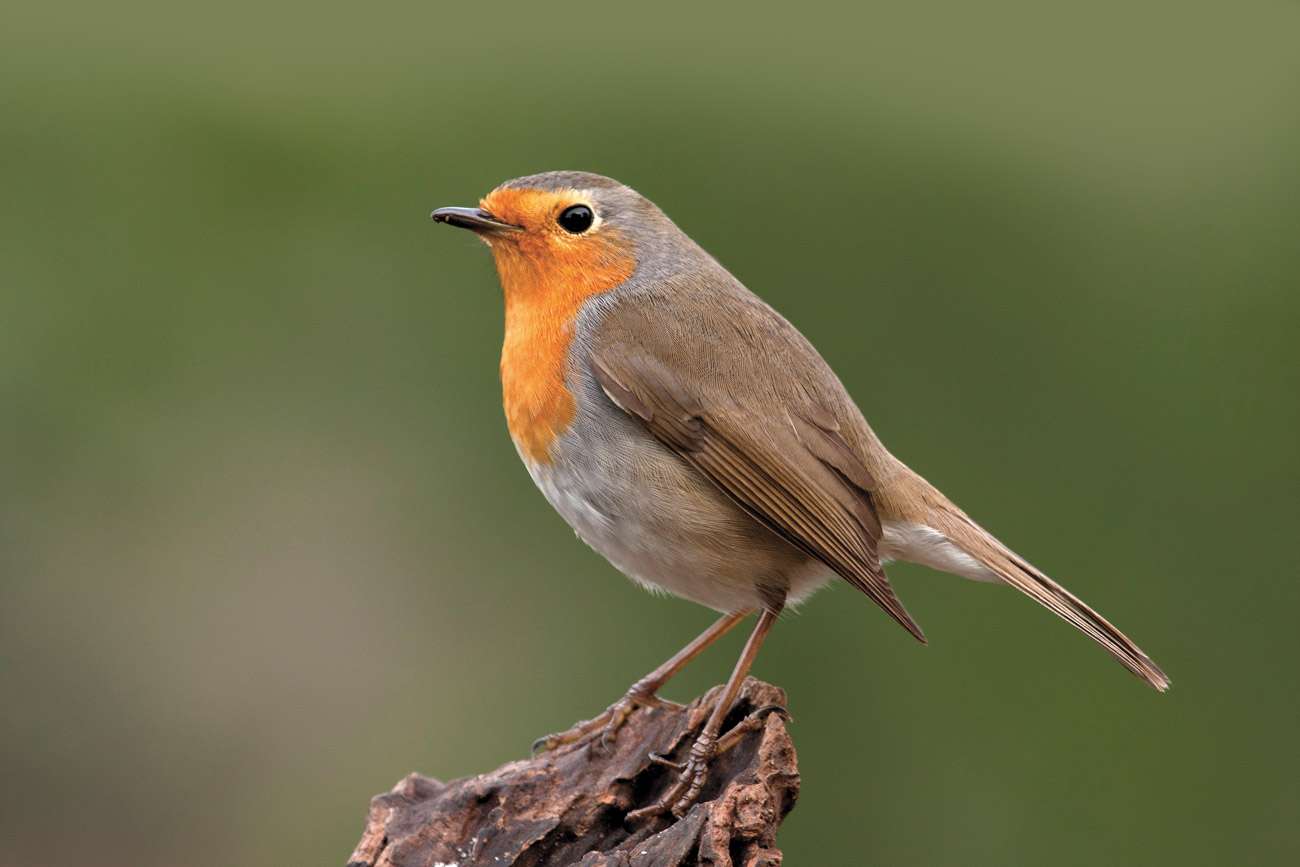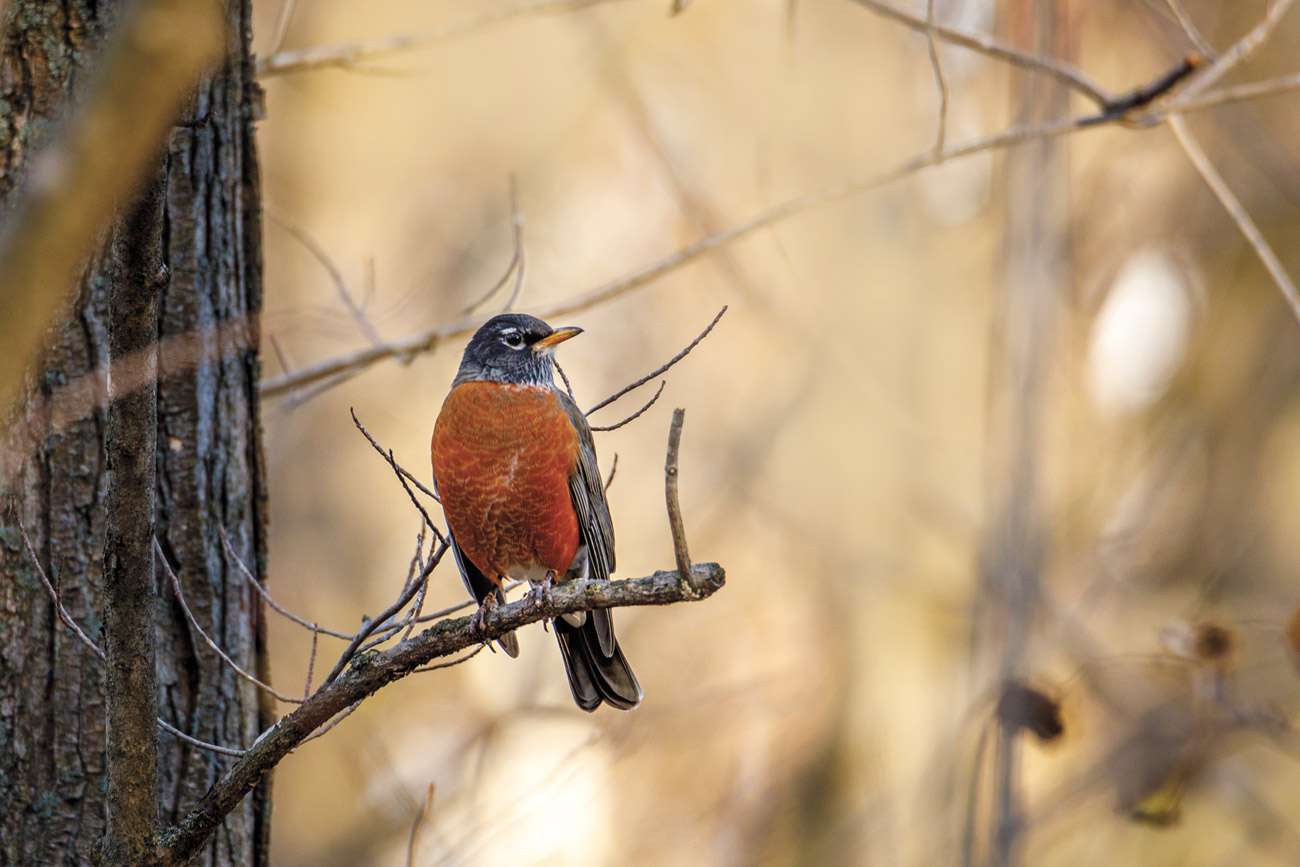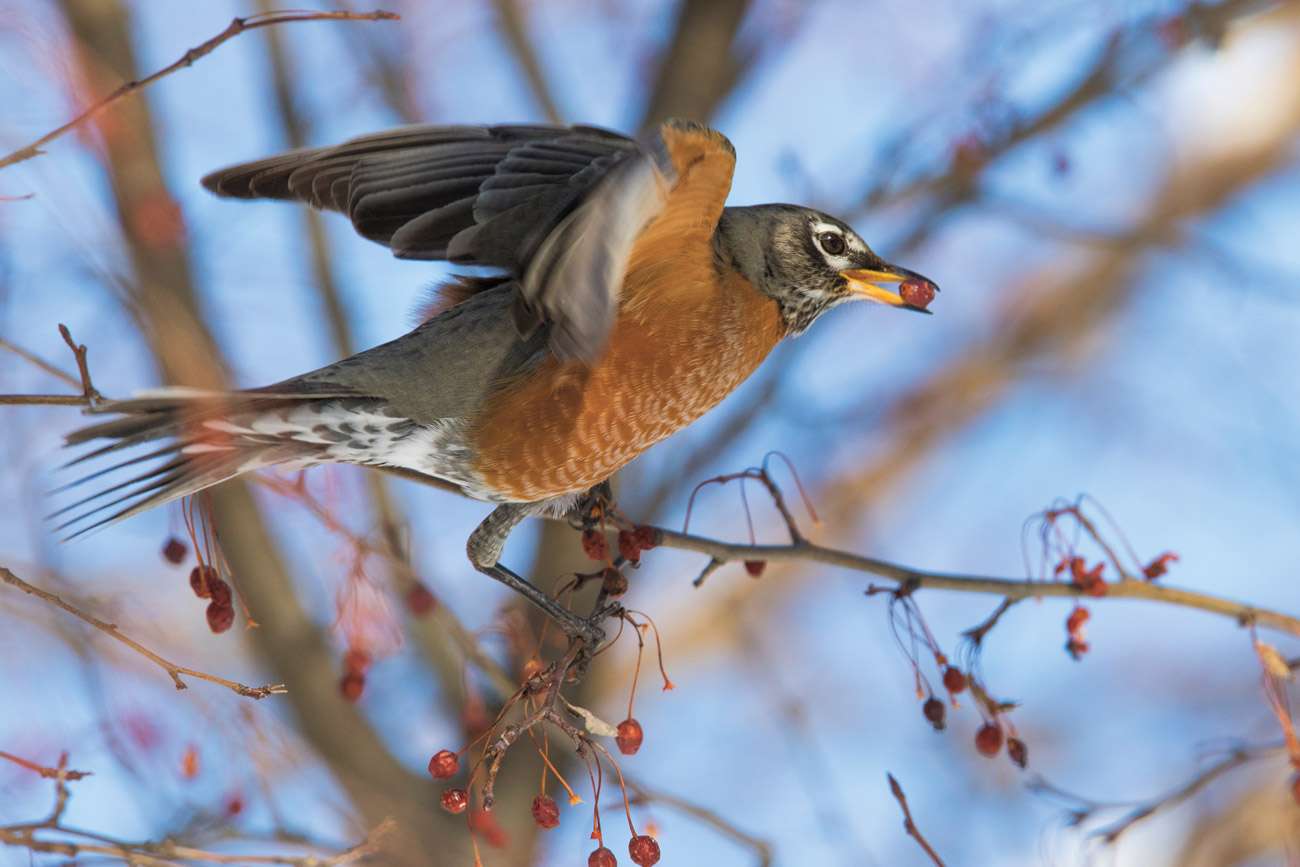
Robin (Erithacus rubecula)
Take a good look at the photo here, folks.
Guess what it is? Haven’t a clue? Well neither have four in ten people, apparently.
Can you believe it? Yes, 40% of the public cannot identify a Robin, according to results of a survey by housebuilding company Redrow. Let’s hope those developers have better recognition skills!
This seems incredible to me and, since you are reading this, probably to you too. What on earth has happened to Brits that they cannot recognise one of our most common birds, ‘Robin redbreast’ – our national bird? Dunno. Maybe they see very little of what’s around them because they walk about with eyes glued to their phone and blot out all natural sounds with earphones. Perhaps they don’t buy Christmas cards and have never received any because their friends are too self-absorbed to send one. Possibly they spend all their spare time catching up on box sets. Some like Game of Thrones seem to go on forever. But a mate of mine made sure he saw every series when he took up with a new girlfriend, who was a big fan. And he still made time to go birding.
At school we had posters on the classroom wall featuring all things wildlife – mammals of Britain, garden birds, wild flowers, common insects and butterflies.
The latter inspired me to cover much of England and Wales to try and see every breeding butterfly species still available. This produced good birds too during some educational exploits. I had to climb one Lake District mountain three times in different years to finally catch up with Mountain Ringlet and the final addition involved a horrendous night beside a remote loch in Scotland. There I was attacked by scores of biting midges and mosquitoes who sneaked into my sleeping bag. I had no trouble identifying them! Next morning I enjoyed close views of what I was really after, Chequered Skippers (then extinct in England), and I celebrated with hefty applications of Calamine lotion.
I’ve since learned the value of buying Skin So Soft from the Avon lady. It does the job brilliantly even in the marshes of Poland where an unprotected friend suffered more bites than could be counted from an unforgiving army of mozzies of Godzilla proportions. I emerged unscathed.

American Robin (Turdus migratorius)
But back to the Robin survey. News of the result at the time of two by-elections this summer brought a mixture of gasps and ‘it’s no surprise’ comments on my Twitter. ‘Niall’ wrote: ‘Thankfully, a study in Tiverton and Wakefield has revealed that more Brits are recognising a Dodo when they see one.’
‘Keith’ blamed the demise of natural history lessons ‘that were wiped from our schools’ curriculums three generation ago.’ He added: ‘Our education system has created three generations with no idea about the natural environment surrounding them! Rather than being part of it they feel alienated from it!!’ Like some others I partially blame the original Mary Poppins. In one of cinema’s most memorable cock ups they used the wrong kind of Robin. In the film she reaches out of a window, in London, and her Spoonful Of Sugar song magically attracts a Robin to her hand. Only trouble is – it is an American Robin. Everything is bigger in America so she’s singing to a much larger Blackbird-sized bird with a red breast, white ‘spectacles’ and a US accent. This remains a big rarity in Britain and attracts a large crowd when one turns up – but it is not as friendly as our garden Robin which sometimes really will come to people’s hands for food. So what was that American Robin doing in ‘London’? Dunno. But a real wild one did arrive there in March 2006 and I miserably failed to see it over two successive days. Annoyingly it turned out this bird had been in the vicinity for some weeks during the winter.
Unfortunately nobody knew what it was and word was only put after someone asked the RSPB – two days before it vanished for good.

American Robin (Turdus migratorius)
I was particularly keen to see it as it had turned up in a part of south London that still counts as being within the historical Surrey map, which is retained to provide consistency in the recording of bird sightings. An American Robin in Surrey attracted many county birders – to guess where. We found ourselves in Del Boy country. Peckham! Apart from not seeing it during searches of the streets, front gardens and a small local park, there were other matters to contend with. People with binoculars in busy places inevitably attracted the inquisitive including locals who came to ‘run the rule’ over us rather than the bird. And others were showing a somewhat over-zealous interest in our optics as they repeated drive pasts in aging BMWs. It was a bit of a circus as our group stood on a street corner opposite a berry bush. Helpful residents kindly pointed out this was the very spot where the American Robin was feeding only that very morning.
Press interest was rife too and a few birders hastily disappeared after a national newspaper photographer turned up to record the event. Someone spotted him arriving and suggested that if anyone was skiving off work or throwing a sickie then they’d better make a quick exit before their boss recognised their photo among the crowd next morning.
I was able to stay put (legit’ afternoon off). As did the American Robin who was perhaps watching, hidden from view. It was not recognised or reported there again.
Twitter – @Crane_Spotter
Click here to see all of Robin Stride’s previous Crane Spotters.











